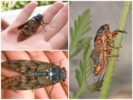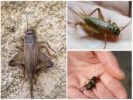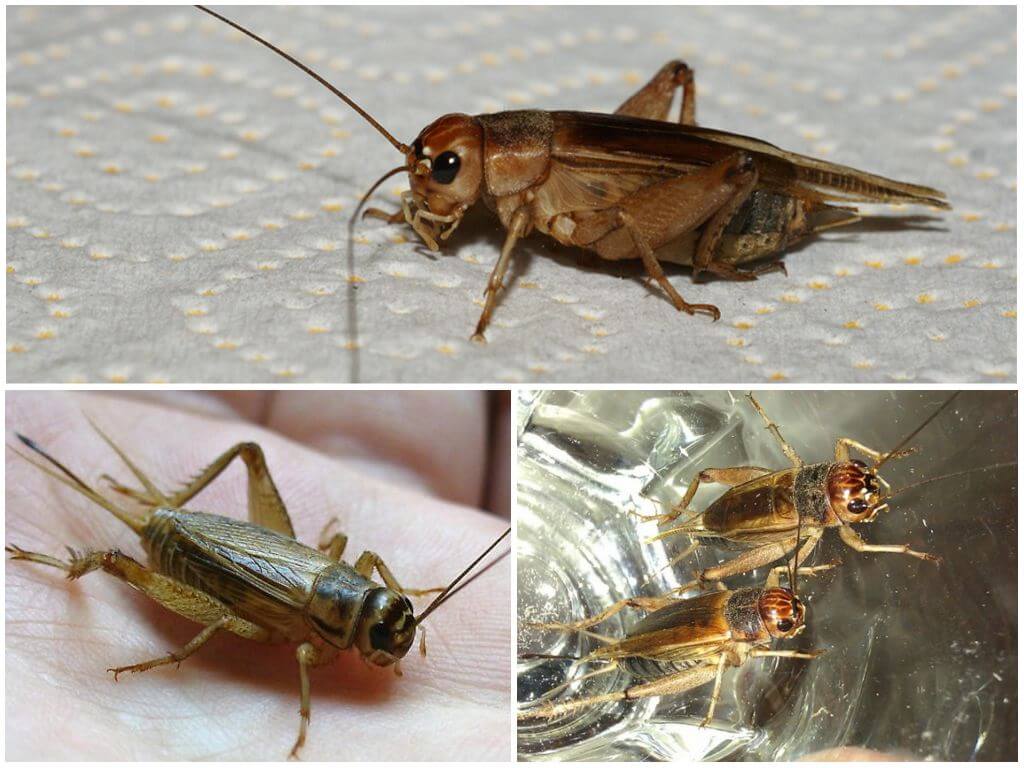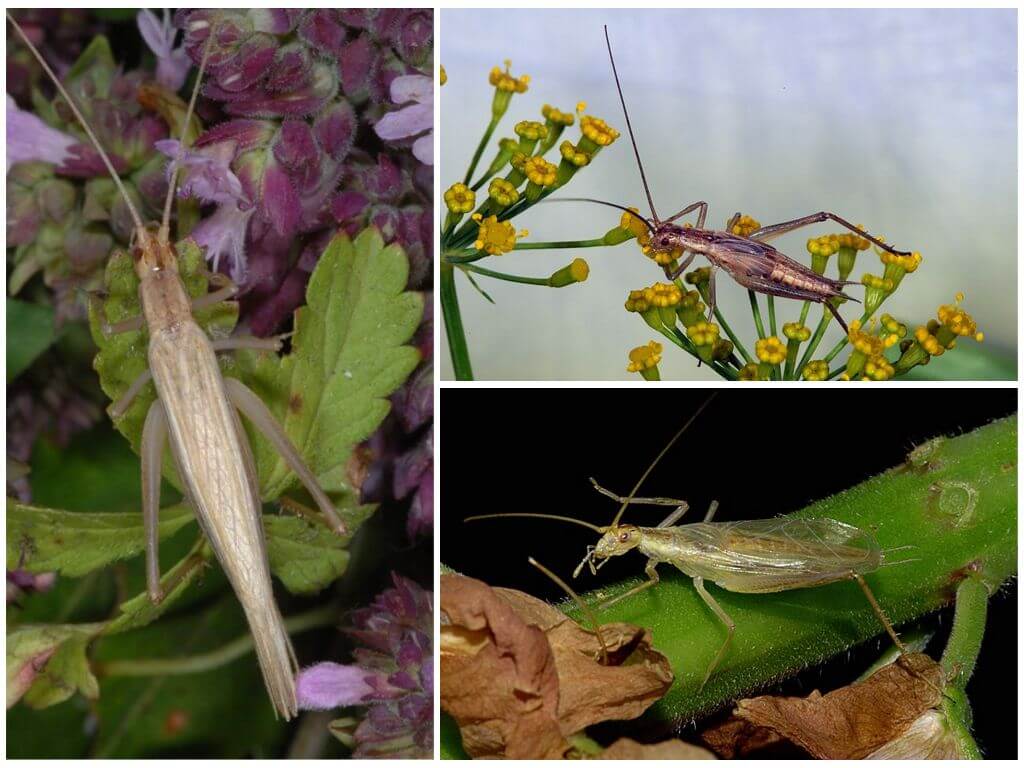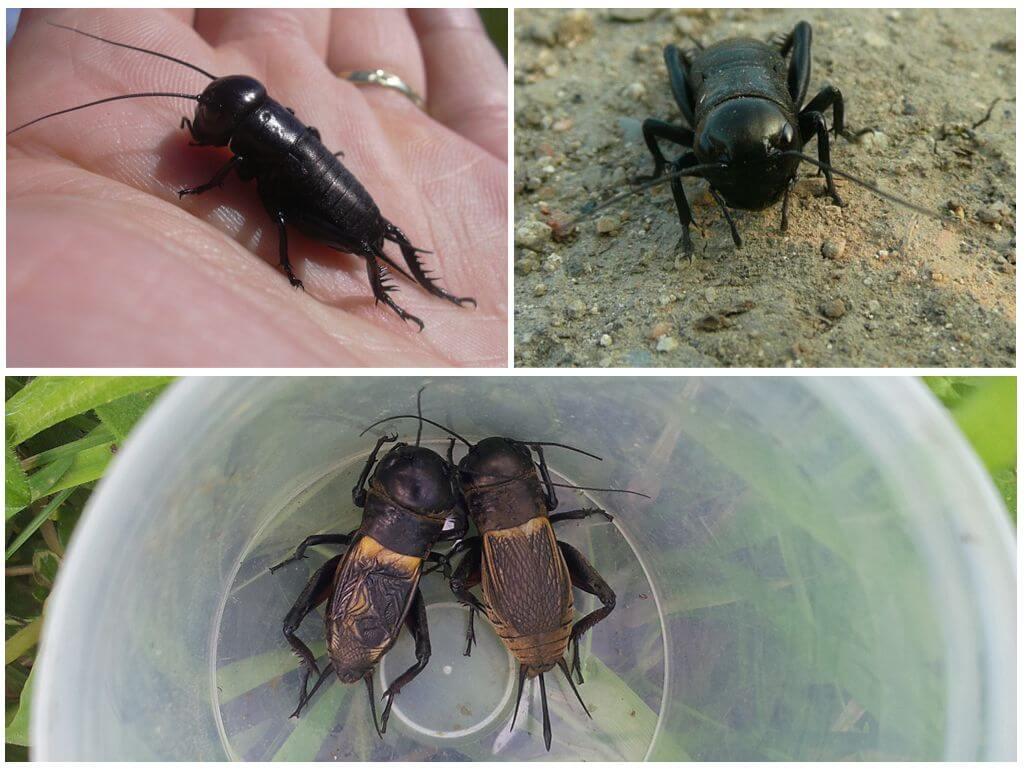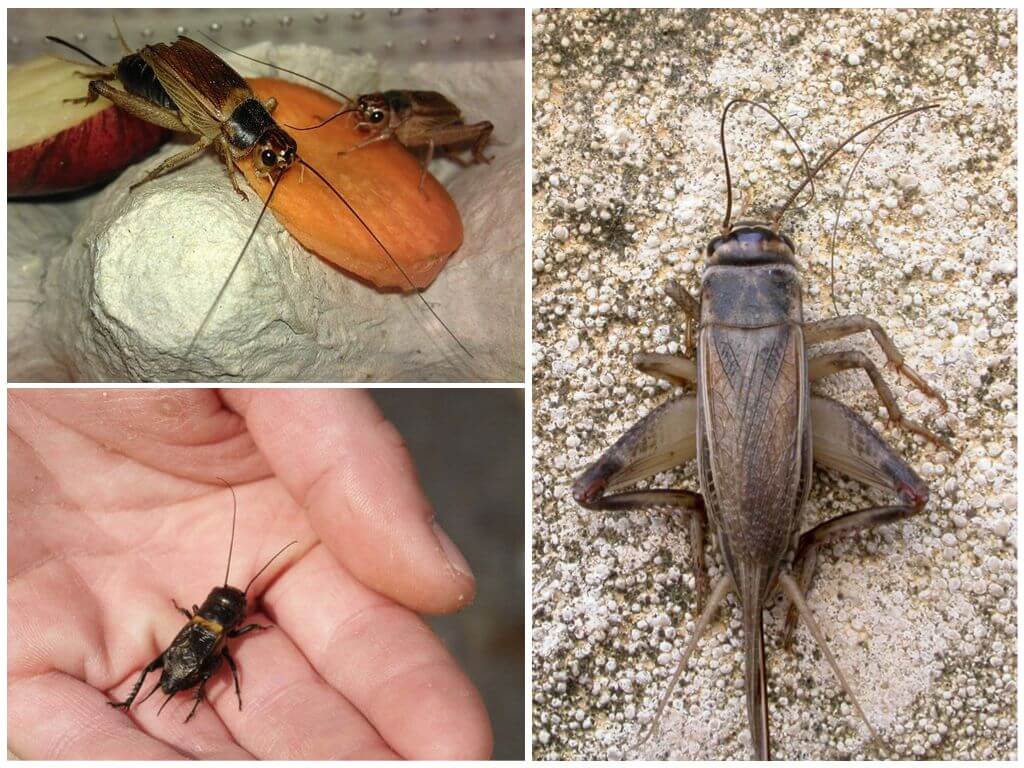- Cicada
- Cricket
On a warm summer night, space fills crickets' melodious chirping, grasshoppers, cicadas. These insects have multiple similarities in lifestyle and diet. The ability to make specific sounds is common to all of these types of insects. But experienced summer residents should understand the difference between crickets and cicadas, because each species carries a direct danger to the crop.
External differences
Opinion that cicadas and crickets this is the same thing, fundamentally wrong. Crickets are representatives of the orthoptera, and cicadas are classified as hymenopterans. So, the former possess two pairs of small wings, and the flying organ of the latter is much more significant. Hymenoptera has 2 pairs of wings of different lengths. Streaks are clearly visible on them.
Representatives of Hymenoptera are much larger in size, especially with spread wings. They reach 5 cm. The ordinary cricket rarely outgrows the length of 2.7 cm.
Interesting!
Despite the same number of legs, in the cicadas the hind legs are more developed. With their help, they are able to jump long distances.
The question is, what is the difference between a cicada and a cricket will not arise if we examine in detail the photos of both species. The orthoptera is dark in color with a short body and wings. Cicadas have a small torso and elongated wings. The color of insects can vary greatly depending on the habitat and species.
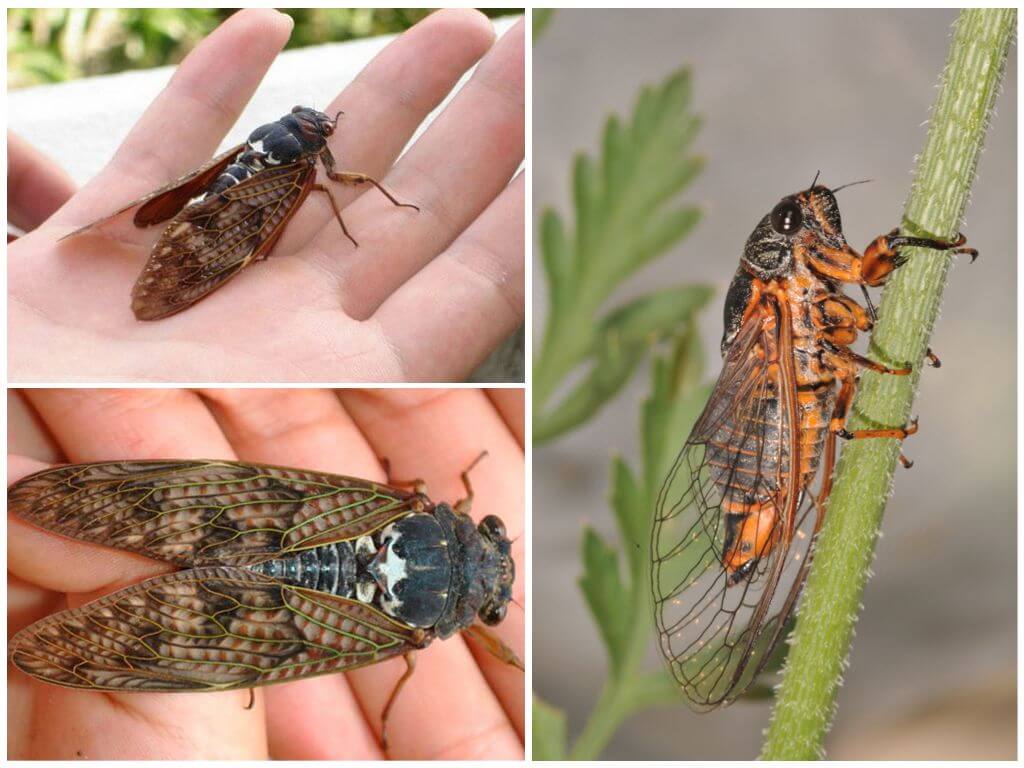
What are they talking about?
Orthoptera and Hymenoptera make characteristic sounds to attract females. Each has its own sound device. Due to its development in crickets, insects are distinguished by a wider sound range. By their chirping, one can judge not only the mating process. Insects make sounds while guarding their territory.
To listen to the chirping of crickets, just go out of town. They can sing at any time of the day until they wait for their female. Cicadas need warm weather. The hotter the street, the more actively they sing. Therefore, the chirping of these insects is more likely to be heard on a hot summer day.
Differences between cricket and cicada can be found in chirping methods. The acoustic organ in crickets is represented by a special elytra device. The principle of their action is similar to playing the violin. Elytra have a large number of veins and folds, which are arranged in a chaotic manner. During a blow against each other, certain vibrations are created that the human ear can hear.
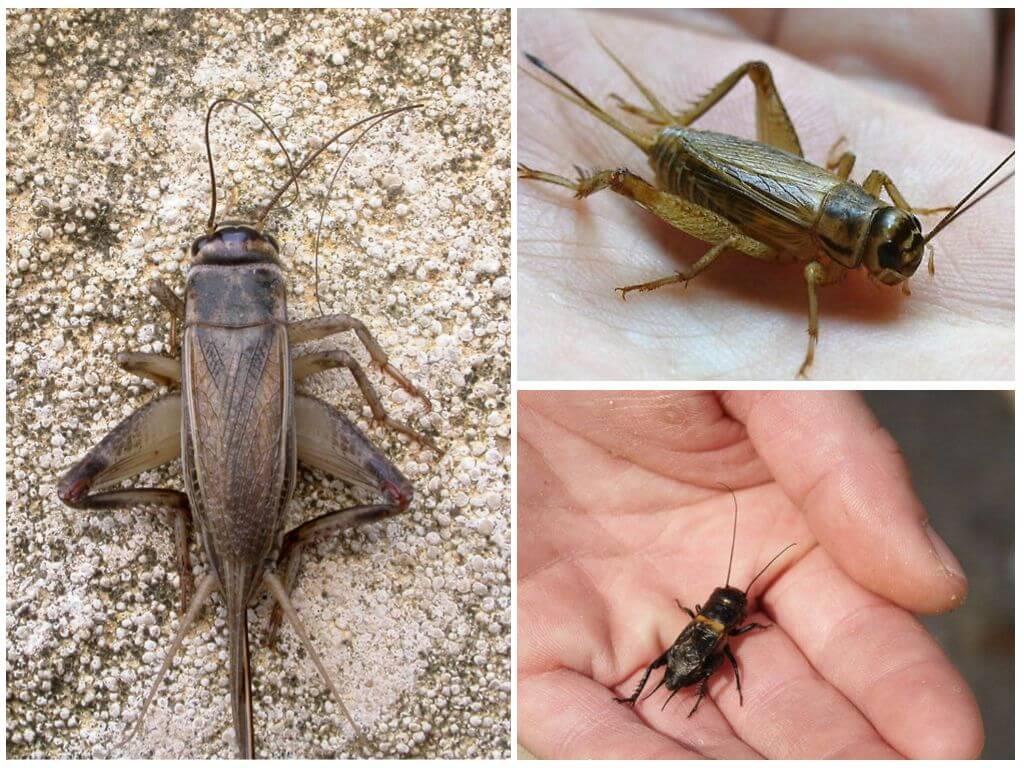
The ability to play music with their opponents is also their weapon. The sound level of insects can reach even 100 dB.
Interesting!
The chirping of some cicadas not living in Russia can harm the eardrum of humans and wild animals. Therefore, many predators try not to approach areas of large concentrations of these hymenopterans.
Characteristic sounds are heard due to the presence of special membranes located at the base of the abdomen. Chirping is the result of vibration of an acoustic organ.
To determine who chirps: cicadas or crickets is possible by sound power. For the former, the power of chirping can even drown out a loud person’s conversation and can be recognized at a distance of about 800 m. The latter have a more subtle, but multifaceted sound.
Propagation Features
The difference lies in the methods of reproduction.The male cicadas dies immediately after fertilization. But crickets do not have this feature. They are even champions in the number of mating per unit time.
Orthoptera cricket females, after fertilization, tear minks in the ground and lay eggs there. Female cicadas for their offspring make incisions in the stems of plants or their basal parts.
Thus, outwardly confusing these two representatives of insects is impossible. Just seeing them with your own eyes in nature is very difficult. Musicians are afraid of people and at the slightest approximation try to hide.
